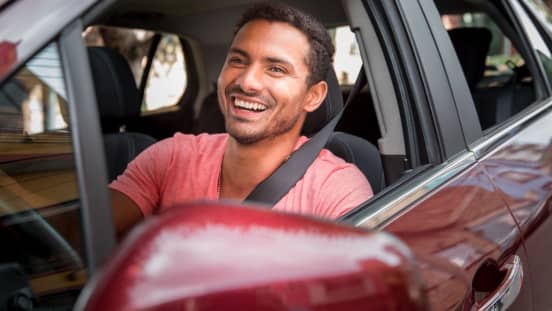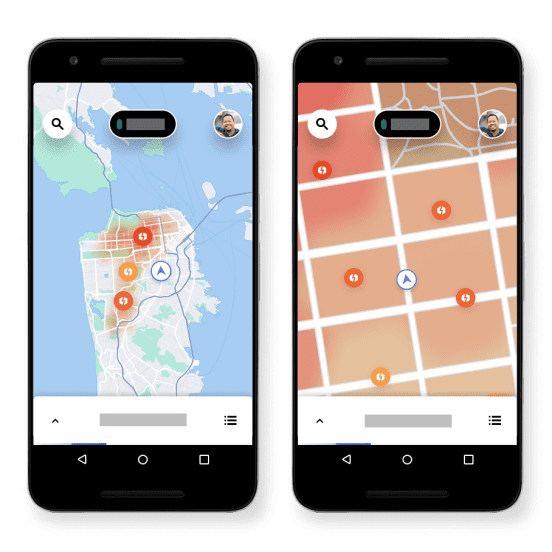How surge pricing works
Learn how surge pricing helps quickly connect each person who needs a ride with a driver to help them get to their destinations.
How it works
Demand for rides increases
There are times when so many people are requesting rides that there aren’t enough cars on the road to help take them all. Bad weather, rush hour, and special events, for instance, may cause unusually large numbers of people to want to request a ride with Uber all at the same time.
Prices go up
In these cases of very high demand, prices may increase to help ensure that those who need a ride can get one. This system is called surge pricing, and it lets the Uber app continue to be a reliable choice.
Riders pay more or wait
Whenever rates are raised due to surge pricing, the Uber app lets riders know. Some riders will choose to pay, while some will choose to wait a few minutes to see if the rates go back down.
How are surge prices calculated?
When prices are surging, a multiplier to standard rates, an additional surge amount, or an upfront fare including the surge amount will be shown on your offer card. This will vary depending on your city. Uber’s service fee percentage does not change during surge pricing.
Because rates are updated based on the demand in real time, surge can change quickly. Surge pricing is also specific to different areas in a city, so some neighborhoods may have surge pricing at the same time that other neighborhoods do not.
How to identify surge in the app
If surge pricing applies in your city when demand increases in a specific area, that neighborhood will change color. The colored areas of the map will range from light orange to dark red. Light orange areas represent smaller earning opportunities from surge, while dark red areas indicate larger ones.
As we work to improve the marketplace, we may test functionality and pricing in ways not described on this site.
About
Explore
Jobs by city

